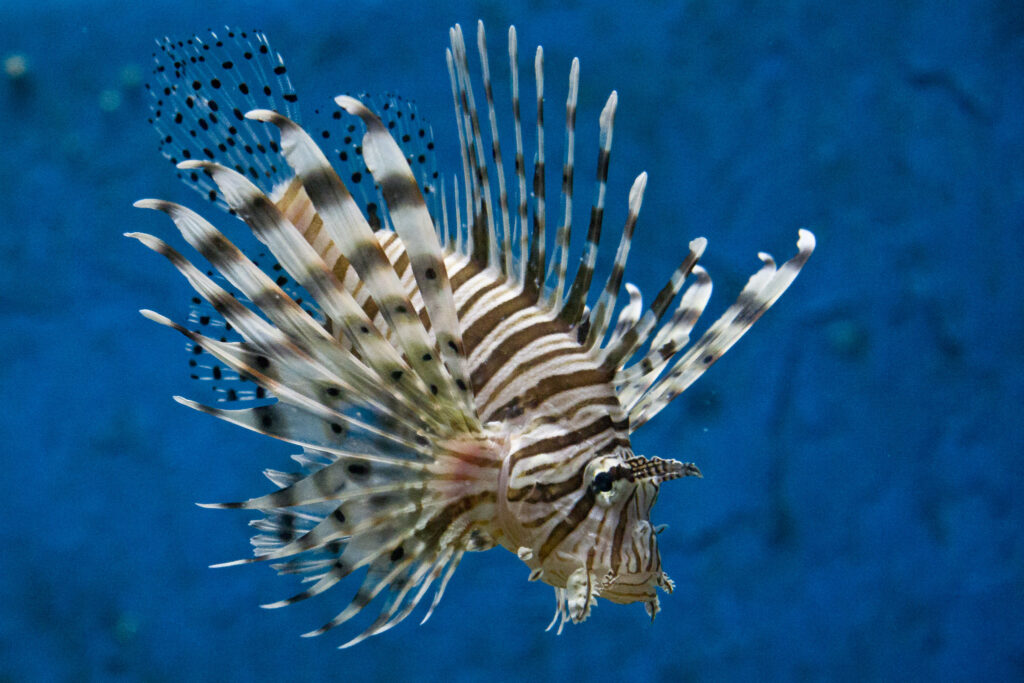5 invasive species to look out for in the US
The presence of invasive species poses a significant hazard to many native environments and species found in the United States (US). They lead to significant expenses in agriculture, forestry, and recreation. Once out of control, they can destroy entire ecosystems, causing environmental, social, and financial problems. In fact, their presence is costing the US up…
Invasives most read blogs 2023
As 2023 draws to a close, we have crunched the numbers and pulled together the most read blogs on the Invasives Blog this year. Plus some firm favourites. Invasive species like spotted lanternflies and Azolla proved to be popular topics for our readers this year. CABI’s approaches in fighting invasive species, through biological control, also grabbed readers’…
Dr Dick Shaw discusses the power of biocontrol
CABI has worked on invasive species for over 100 years, developing practical ways of tackling the biggest threats. Our scientists are world leaders in biocontrol research – an approach that uses invasive species’ natural enemies, like insects and fungi, to control their spread. In this blog, Dr Dick Shaw, CABI’s Senior Regional Director for Europe…










